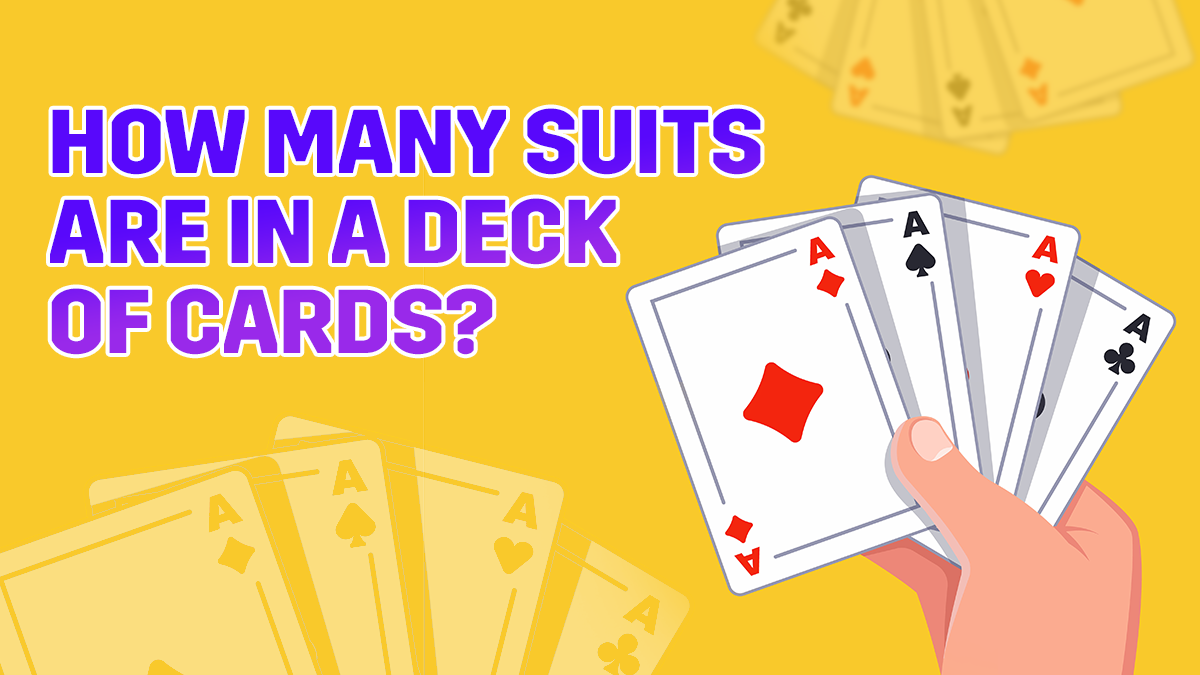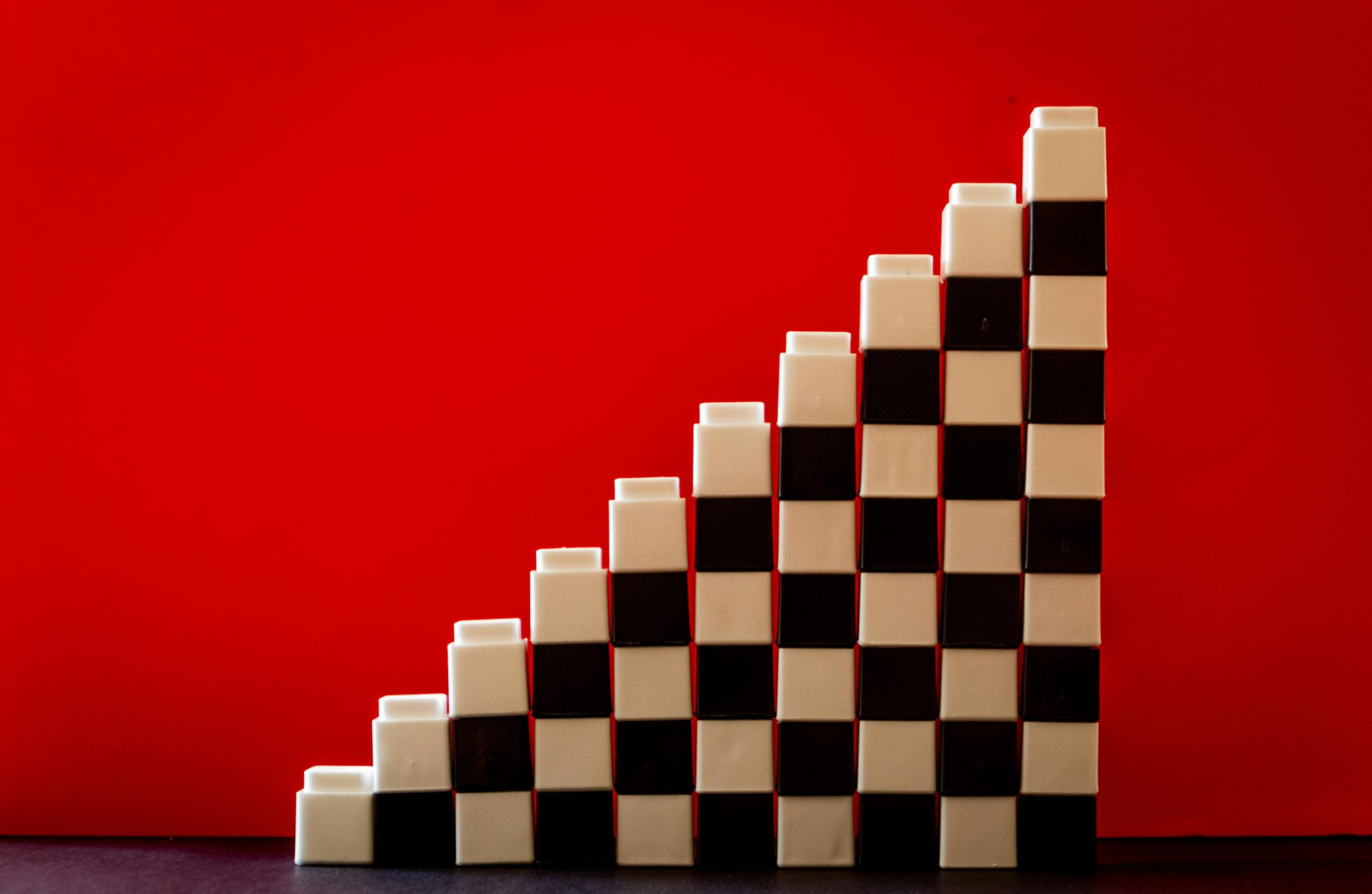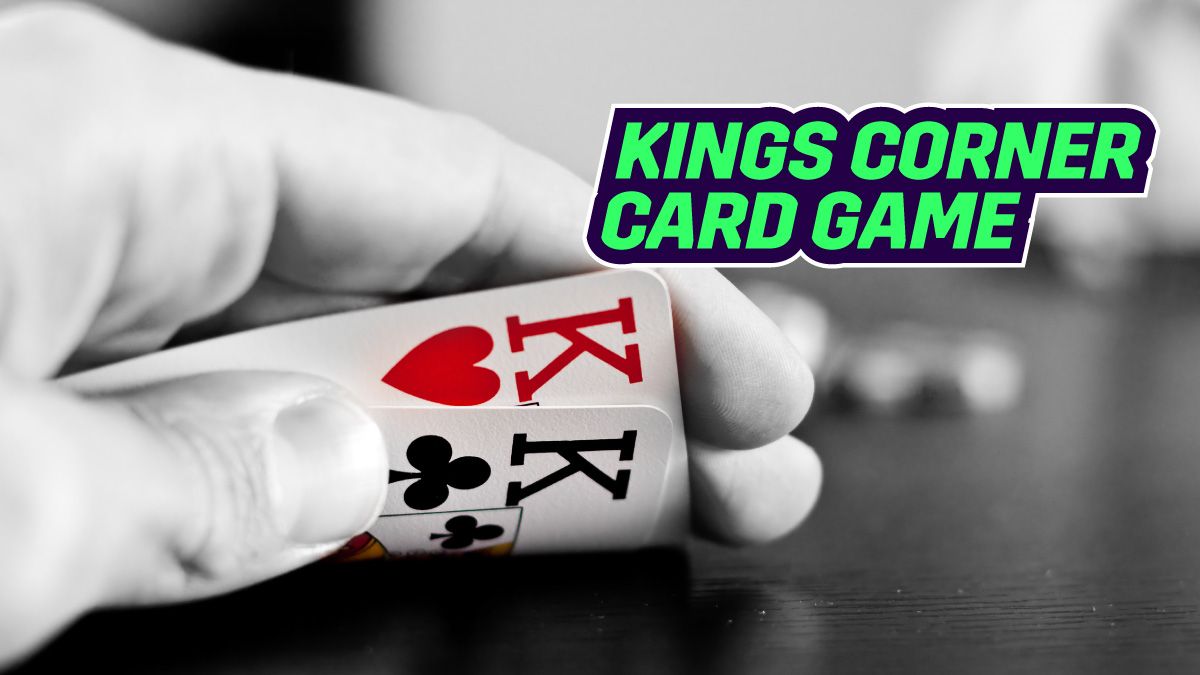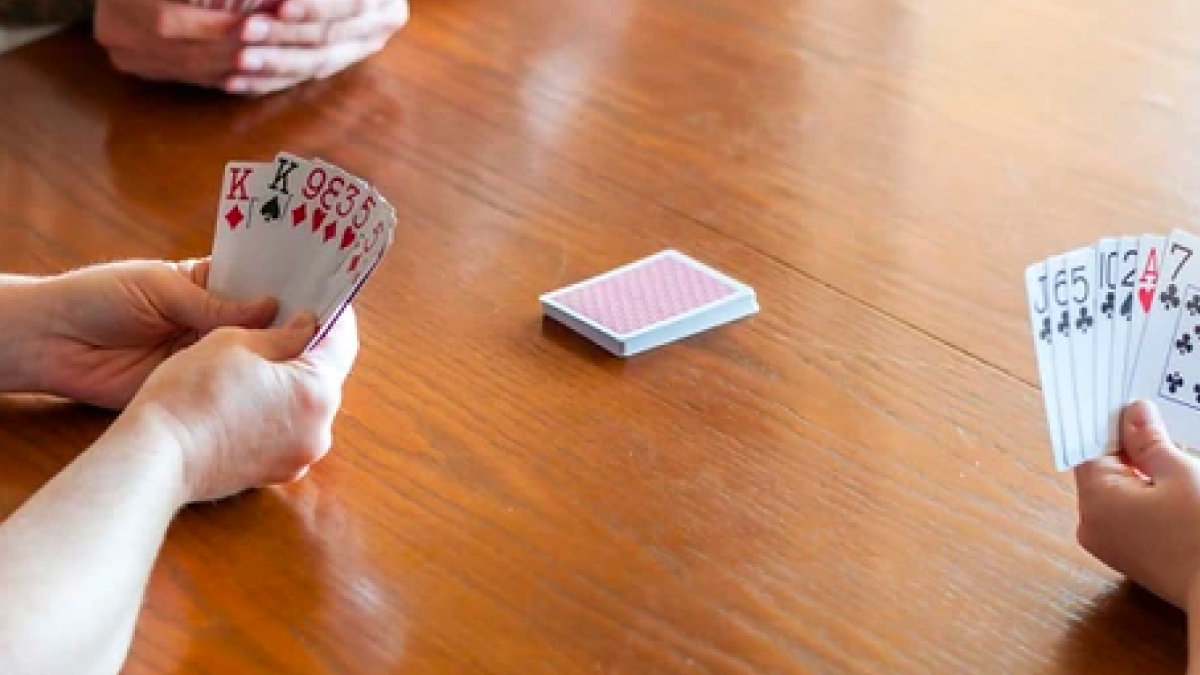Table of Contents
ToggleA standard pack of playing cards is commonly found in almost every household in the US. Whether you are looking to enjoy a game of poker or rummy, a pack of cards is your savior. A deck of cards is not designed randomly. It consists of specific suits, each with its unique number and symbol.
From the elegance of Hearts to the resilience of Spades, these suits are the building blocks of games that have entertained generations. Let’s learn how many suits are in a deck of cards, their origin, and more through this article. Keep reading as we unpack the fascinating world of playing cards!
How Many Suits Are In A Deck of Cards?
A deck of cards is divided into four card suits. Two black suits and two red suits. The black suits include Spades and Clubs, while the red suits are made of Hearts and Diamonds. Each suit brings its own character to the table. Wondering what they represent? Here’s what each suit in the deck represents:
Hearts

The suit of the heart is represented by a heart-shaped symbol in red. It denotes love, emotions, and affection. Hearts are often associated with matters of the heart and relationships. Additionally, the red color enhances the romantic connotation.
Diamonds
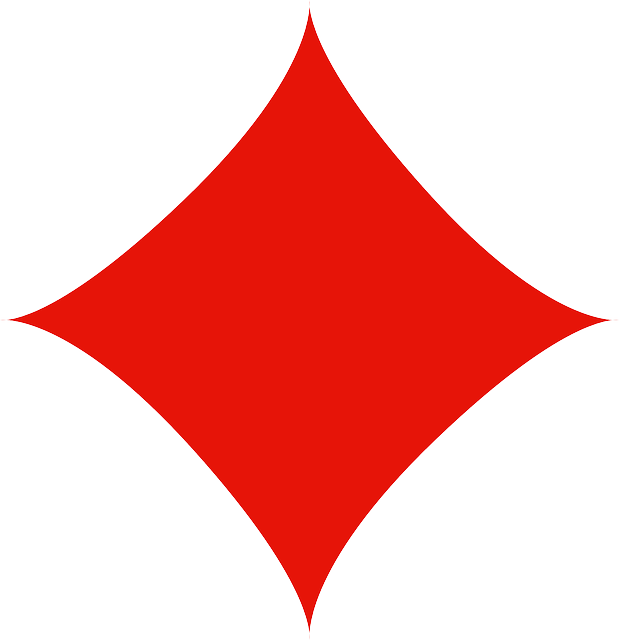
Diamonds are shaped like red rhombus. Typically, they represent wealth, prosperity, and material abundance. Diamonds are often linked to financial matters and the material aspects of life. The shining red gems suggest luxury and opulence.
Clubs
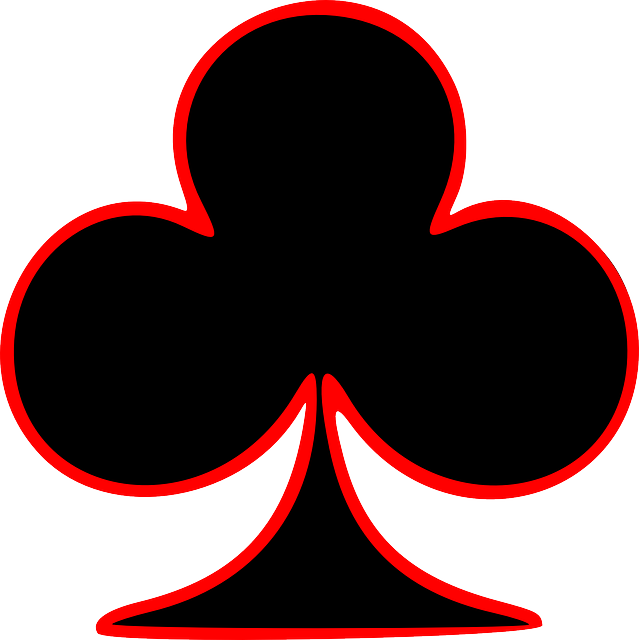
Clubs are represented as black clovers or trefoils. They symbolize growth, luck, and vitality. They are associated with the natural world and the cycle of life, often representing positive energy and good fortune.
Spades

The Spades suit comes in a pointed, spade-like design. This suit is often associated with conflict, struggle, and challenges. It represents the more serious and competitive aspects of life, as well as the potential for overcoming obstacles.
The Number Of Suits In A Cards Pack?
A standard deck of cards typically contains 52 cards. Right from game nights to casino adventures, playing card games are the go-to companions. But the usage of all 52 cards in a standard deck depends on the specific card game being played.
Different card games have varying rules and requirements. This determines how many cards are dealt, used in play, or held in players’ hands.
For instance, when playing card games like Poker and Bridge, the entire deck is typically used, and players are dealt a specific number of cards at the beginning of each hand. On the other hand, in games like Blackjack, players are dealt a subset of the deck, and the rest of the cards may not come into play.
You may also come across the term German suit. This is one of the suits of German-speaking nations, such as Austria and Germany. Here, in most decks, you will find Herz or Hearts, Schell or Bells, Eichel or Acrons, and Laub or Leaves. The four suits are slightly different. Suits in these decks are represented by the Red Heart Symbol, Bells, Acron leaves, and Leaves.
Origins of The Suits
The history of card suits dates back to 9th-century China, where playing cards first emerged. The suits transformed as they traveled to Europe and other nations. The heart symbol likely found inspiration in Islamic cups, diamonds from Indian Ganjifa cards, clubs adapted from ancient acorns, and spades that evolved from Germanic leaf symbols. Over centuries, this fusion of influences shaped the four suits we recognize today. Each suit carries echoes of diverse civilizations and is a global symbol.
Why Does A Card Pack Contain 52 Playing Cards?
The number 52 corresponds to the weeks in a year. It is a nod to the historical ancient calendars. This carefully crafted deck comprises four suits, as mentioned earlier. Two red suits and two black suits, which include Hearts, Diamonds, Clubs, and Spades.
As you can see, the card deck is versatile and can be used for a variety of games, ranging from Poker to Rummy. Today, the arrangement of 52 cards has become a universal language of leisure. It unites players across cultures and generations, even on online platforms such as MPL!
What Are All The 52 Cards In A Deck?

A standard deck of 52 cards consists of four suits, each with thirteen ranks. Here’s the breakdown.
Hearts
- Ace through 10
- Jack
- Queen
- King
Diamonds
- Ace through 10
- Jack
- Queen
- King
Clubs
- Ace through 10
- Jack
- Queen
- King
Spades
- Ace through 10
- Jack
- Queen
- King
Each rank within a suit has its unique design and value, creating a diverse array of possibilities for various card games and activities. The combination of black and red suits and ranks makes for well-balanced and versatile decks used in a wide range of card games and entertainment.
How Many Cards Come After 10 in Playing Cards?
After the 10 in playing cards, there are three more cards. The sequence continues with the following face cards, which include Jack, Queen, and King. For example, when you take a club’s suit, it is ♣ J, ♣Q, and ♣K.
These face cards are often referred to as court cards and are part of all four suits. So, the sequence within a suit typically goes 10, Jack, Queen, King. After the King, the cycle repeats with the Ace, forming a complete set of thirteen cards in each suit.
Which is The Strongest Card in A Deck?
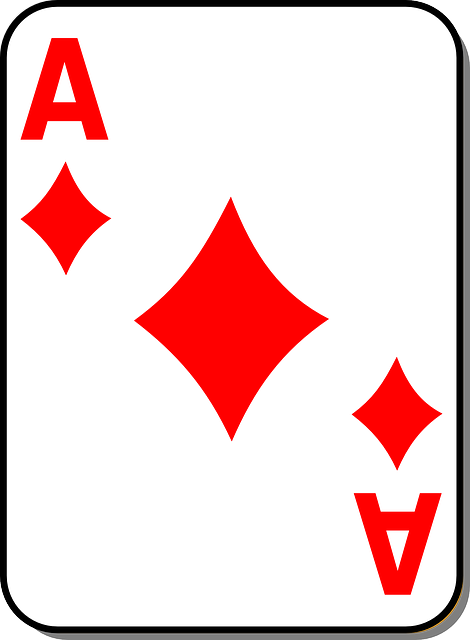
In most standard playing card games, the Ace is generally considered the highest-ranking card. In most games, Ace holds the highest value within each suit, whether black or red suits, typically surpassing the King, Queen, Jack, and the numbered cards.
However, it’s important to note that the specific rules may vary as per the card games. For instance, in some games, Ace can be the lowest-ranking card as well. So, before playing card games, it is always essential to understand more about the game.
What is The Role Of Joker?
The role of the Joker in playing cards depends on the game being played. In many traditional card games, especially those derived from European and American traditions, the Joker is not included in the standard deck and doesn’t have a specific role. Jokers are usually the extra cards in the card deck.
However, in certain modern card games and variations, the Joker card may be included and assigned a special role. For example:
Wild Cards
In some games, the Joker acts as a wild card, meaning it can represent any other card to help form a winning hand.
Highest Trump
In games that involve Trump, the Joker might be designated as the highest trump card.
Penalty Card Games
In other games, the Joker may carry penalties or bonuses, influencing the gameplay or scoring.
What Are The 13 Cards In A Suit?
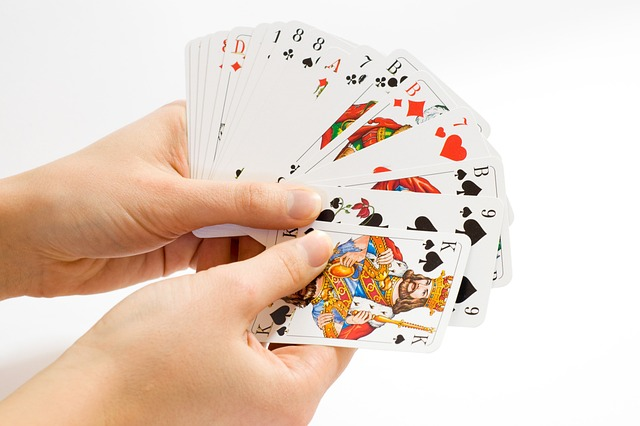
In a standard deck of playing cards, each suit consists of 13 cards. The cards in both black and red suits, ranked from lowest to highest, are;
- Ace
- 2
- 3
- 4
- 5
- 6
- 7
- 8
- 9
- 10
- Jack
- Queen
- King
These 13 cards make up a complete set within a suit, and there are four suits in total. The variety of ranks within each suit contributes to the complexity and strategies in various card games. You must follow suit as per the rules of each game to win.
The Final Word
Now you know how many suits are in a standard deck – Hearts, Diamonds, Clubs, and Spades. With 52 cards in total, including numbered cards, face cards, and aces, the standard deck offers endless possibilities for entertainment and strategy. When you club all the cards of a suit together, there are thirteen cards.
Today, thanks to technology, you can easily play card games of your choice on gaming apps like MPL. You can download the app for free from your App Store and embark on a card-playing journey of your choice. From Gin Rummy, 3 Card Flush, Cube Solitaire to Spades and Draw 4, there’s a wide range of card games to choose from. However, for any card game, understanding the suits of the standard deck is crucial.
FAQs
Should you know about the suits when playing card games?
Yes, when playing cards, understanding the suits and ranks of the cards in each deck can help you ace the game.
Which game is named after a suit?
A very popular card game that’s named after one of the suits is Spades. You can easily play this classic game with a standard deck or on MPL!

